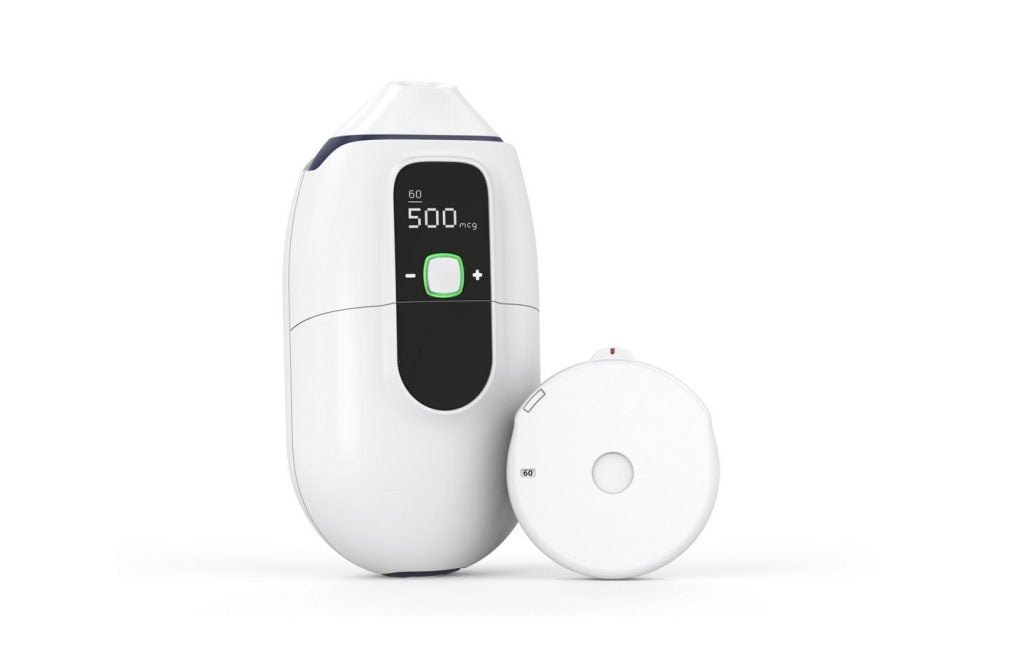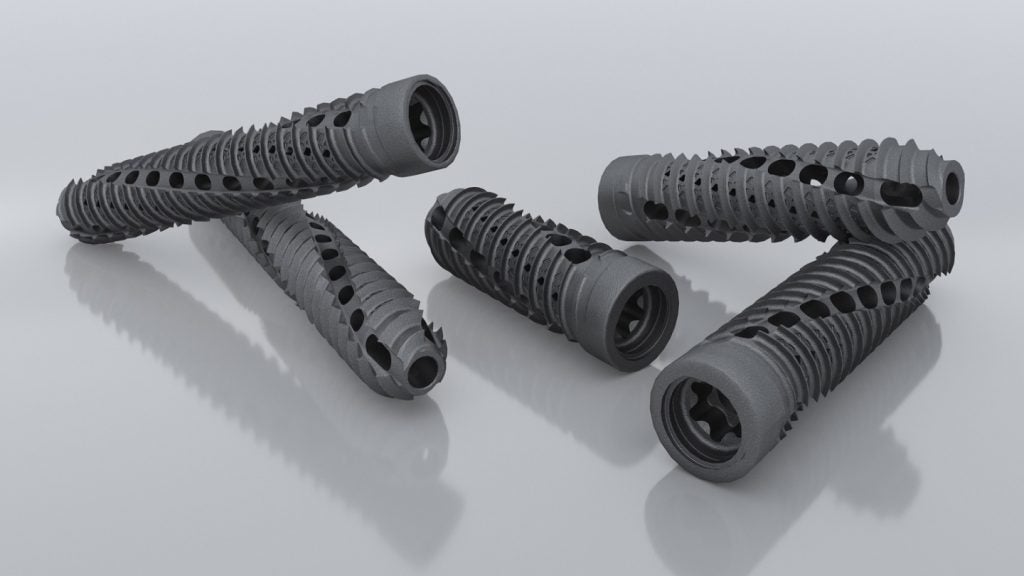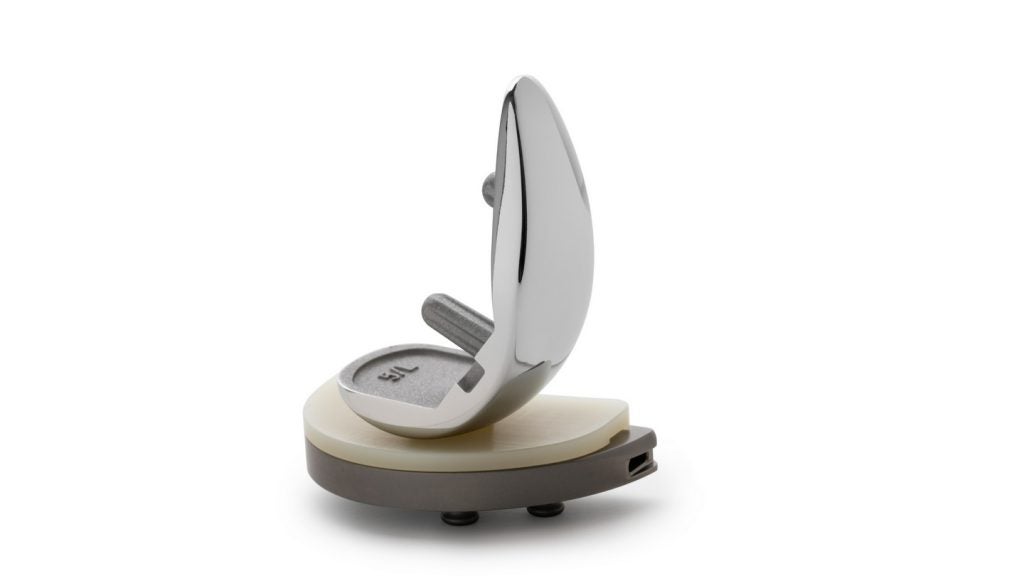5G mobile subscriptions will number 5.5 billion by 2027, and the technology will enable autonomous and remote-controlled robots for carrying out surgery, a new report indicates.
GlobalData's 5G in Medical Devices Thematic Intelligence Report Overview notes that 5G mobile subscriptions stood at 1.7 billion in 2022, which will see growth of nearly a third (31%) if the expected trend is tracked.
Among the other technologies it will help to facilitate are augmented reality (AR), virtual reality (VR) and video analytics.
5G for robotic surgery
The report outlines in particular that the field of robotic surgery is set to grow in part by 5G. In considering the potential of 5G-powered robots, it posits a future in which: “Surgical robots can be directly controlled by a surgeon and locked in place as needed, to allow the surgeon to rest. They can also independently carry out pre-planned procedures.”
It notes that some surgical robots are already in use in medical environments. Orthopedic procedures including knee and hip replacements are sometimes carried out robotically along with some neurosurgery procedures, such as spinal fusion surgery. Some early clinical studies have shown promise for remotely managed spine procedures, which would be conducted using a 5G connection.
Of the importance of the advancements, Brian Hicks, senior analyst at GlobalData, explains: “Robotic surgical systems can enable a highly specialized surgeon to perform a complicated and intricate surgical procedure on a patient who is physically distant. This isn’t restricted to within a city or country, so even cross-border surgeries are possible with this technology. This kind of potential access to advanced healthcare is unprecedented and can provide life-changing health outcomes for many patients.”
5G robots: disruptive but facing obstacles
Evidently, robotics is already a disruptive presence in medicine, providing a range of solutions.
GlobalData Analyst Joselia Carlos says: “Robotic surgical systems have been in development for over 40 years. Some examples include Arthrobot - the world’s first surgical robot - Puma 200, Puma 650, Probot, Robodoc - the first FDA-approved surgical robot - Aesop and Zeus.”
She added: “GlobalData forecasts that the market will experience an aggressive 11% growth rate between 2022 and 2033, from $2.7bn in 2022 to $8.9bn in 2033.”
This growth will be driven in part by the introduction of 5G. Indeed, a GlobalData survey identified that over 40% of 1,216 respondents in the medical industry considered robotic process automation likely to impact their jobs over the next three years, with 33.5% expecting 5G to have an impact.

Slow uptake, however, presents a significant obstacle to the possibility of 5G-powered robotic surgery.
Hicks explains: “The underlying technology of 5G has already been well established, but more hospitals need to install the infrastructure required to transmit the 5G network throughout their facilities, including the robotic surgical systems. Thus, the larger and better-funded hospitals are likely to have private 5G systems installed earlier on to enable these advanced types of surgical operations.”
GlobalData's report also identifies the rich potential of 5G in other areas. It will be particularly useful in remote patient monitoring, as the low-latency connection will allow physicians to monitor health metric data in real-time.
It also notes advancements achieved by BioIntelliSense, which has introduced devices allowing physicians to control 5G-enabled sensors, such as 5G-enabled hubs, to connect to multiple sensors simultaneously.
















